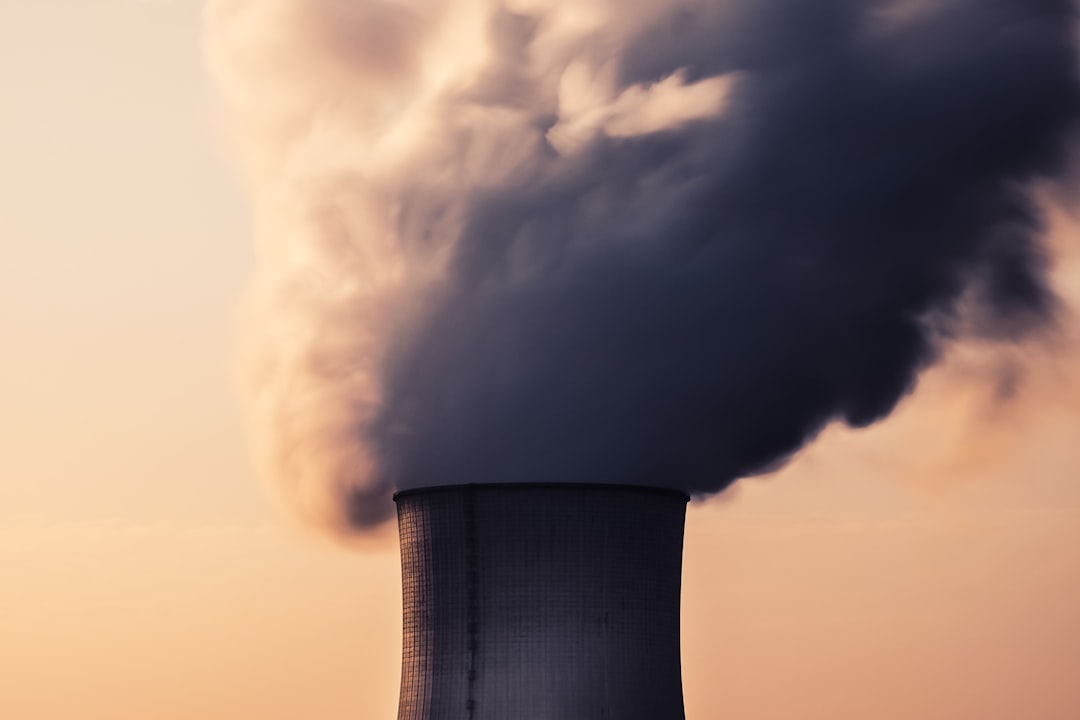What is it about?
Changes in large-scale polymer diffusivity along interfaces, arising from transient surface contacts at the nanometer scale, are not well understood. Using proton pulsed-gradient NMR, we here study the equilibrium micrometer-scale self-diffusion of poly(butadiene) chains along ∼100 μm long, 20 and 60 nm wide channels in alumina, which is a system without confinement-related changes in segmental relaxation time. Unlike previous reports on nonequilibrium start-up diffusion normal to an interface or into particulate nanocomposites, we find a reduction of the diffusivity that appears to depend only upon the pore diameter but not on the molecular weight in a range between 2 and 24 kg/mol. We rationalize this by a simple volume-average model for the monomeric friction coefficient, which suggests a 10-fold surface-enhanced friction on the scale of a single molecular layer. Further support is provided by applying our model to the analysis of published data on large-scale diffusion in thin films.
Featured Image
Read the Original
This page is a summary of: Large-Scale Diffusion of Entangled Polymers along Nanochannels, ACS Macro Letters, May 2015, American Chemical Society (ACS),
DOI: 10.1021/acsmacrolett.5b00213.
You can read the full text:
Contributors
The following have contributed to this page










